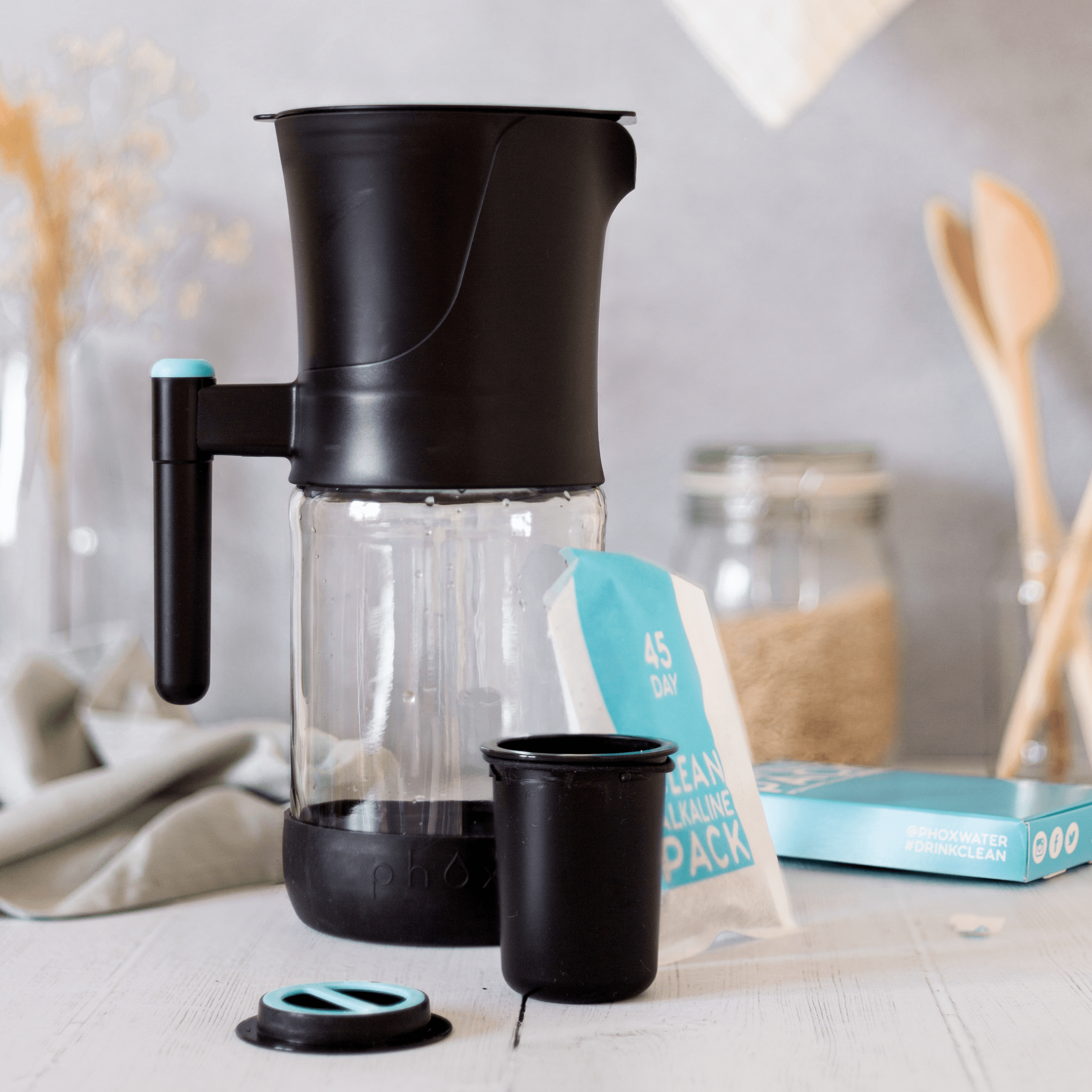What is BPA and Why Should You Avoid It?
In our modern world, we encounter countless products and materials that make our lives more convenient. However, not all innovations are harmless. One such example is Bisphenol A, more commonly known as BPA. This chemical compound has gained attention and raised concerns due to its potential adverse effects on human health. In this blog post, we will explore what BPA is, its presence in everyday items, and why it is crucial to avoid it for the well-being of ourselves and our environment.

Understanding BPA:
BPA is an industrial chemical primarily used in the production of certain plastics and resins. It is often found in consumer products such as food containers, canned goods, water bottles and even water filter jugs. BPA is known for its ability to mimic the hormone oestrogen, leading to potential disruption of the endocrine system.
Health Concerns:
Exposure to BPA has been linked to various health issues. Studies suggest that BPA may contribute to reproductive disorders, hormonal imbalances, and developmental problems, particularly in infants and young children. Additionally, research has shown associations between BPA exposure and increased risk of cardiovascular diseases, diabetes, obesity, and certain types of cancer. While the exact extent of these risks is still under investigation, the potential harm is a cause for concern.
Widespread Presence:
Unfortunately, BPA has become prevalent in our daily lives. Its presence in plastic containers and bottles, especially when exposed to heat or acidic substances, can lead to the leaching of the chemical into our food and beverages. Similarly, canned foods are often lined with resins containing BPA, increasing the likelihood of exposure. Even seemingly innocuous items like thermal receipts can transfer BPA onto our hands and potentially be absorbed through the skin.
Regulatory Measures and Alternatives:
Recognising the potential risks associated with BPA, many countries have taken steps to regulate its use. Some have banned BPA in specific products, while others have enforced strict limits on its concentration. In response, manufacturers have started to produce BPA-free alternatives, such as glass, stainless steel, or BPA-free plastics. It is essential to read product labels and opt for items explicitly labelled as BPA-free.

BPA poses potential risks to human health, particularly in terms of hormonal disruption and associated health issues. Its widespread presence in everyday items necessitates awareness and caution. By actively avoiding products containing BPA and opting for safer alternatives, we can reduce our exposure and safeguard our wellbeing. As consumers, it is our responsibility to stay informed, make informed choices, and advocate for safer materials to protect ourselves and future generations from the potential harms of BPA.


